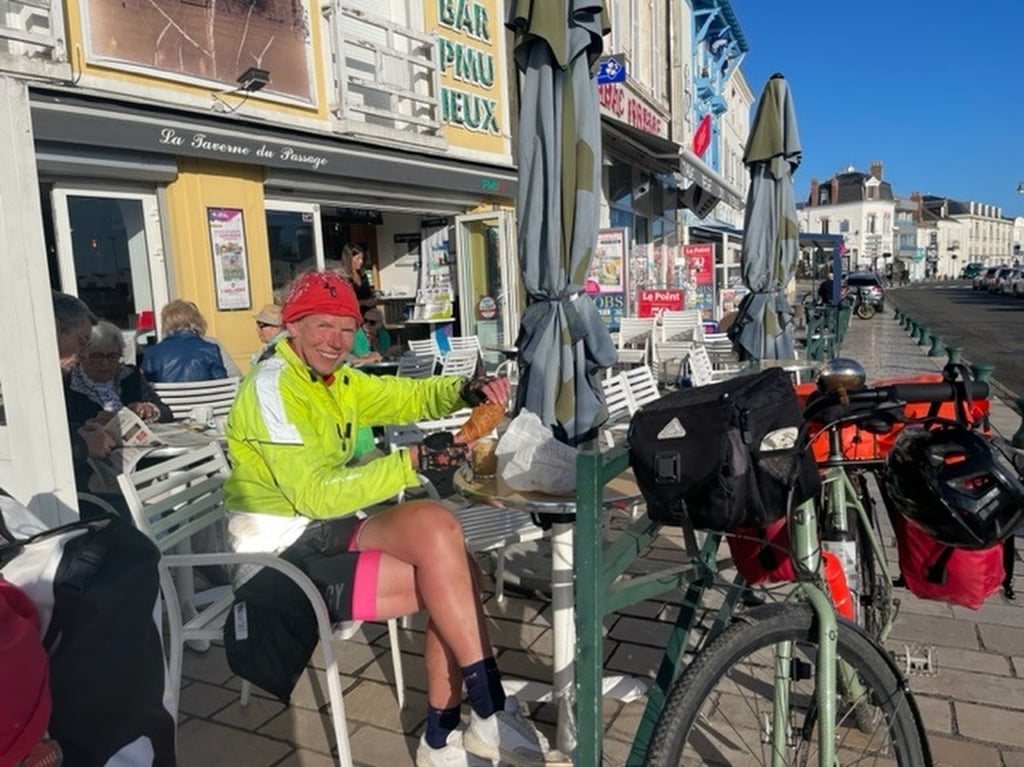Cycling in Europe: 90,000km EuroVelo network and its 17 mapped routes has something to satisfy a wide range of interests
- The EuroVelo networks threads its way up, down and around Europe, turning the continent into an expansive adventure playground for cyclists
- A former Hong Kong editor has embarked on EuroVelo 8, from Spain to Turkey, with the aim of compiling a book of recipes discovered along the way

In 2022, when Nell Nelson was told she was suffering from osteoarthritis, she asked what would be the best remedy short of a knee replacement.
“Cycling and the Mediterranean diet,” her doctor replied.
Which is why the former editor of Hong Kong-based Asian Home Gourmet is currently pedalling her way from Spain to Turkey along EuroVelo 8, one of 17 such routes that thread their way for about 90,000km (56,000 miles) up, down and around the European continent, turning it into a single, expansive, two-wheeled adventure playground.
Nelson is but one of thousands of cycling aficionados who will be tackling a EuroVelo route this year.

Launched in 1997, the network runs from the frigid wastes of northern Scandinavia to the balmy shores of southern Portugal.
